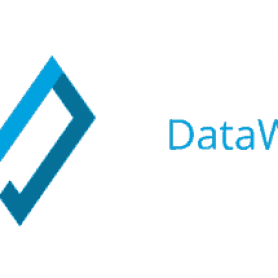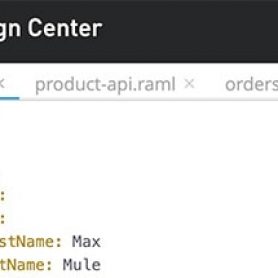Latest posts
How do product managers select which ideas to be built?
When planning the roadmap of each release, product managers consider a variety of inputs to choose innovative features that meet customer needs and improve... read more.
Event-driven design: The power of event notifications
This is the second part of a series on “Moving from RESTful to EVENTful.” As I see more and more companies working to add... read more.
Meet the top MuleSoft Community contributors of Q3
We had another packed quarter in the MuleSoft Community! With multiple special Developer Meetups during MuleSoft CONNECT:Now, a record-breaking numbers of Community-led MuleSoft Meetups,... read more.
DataWeave: Working with literal types
Literal types will let you define a type as an enumeration of possible values. This is useful in the use cases when a variable... read more.
2,000 ideas and counting: How to submit your idea to the Idea Portal
We launched the MuleSoft Ideas Portal in early 2017 as a direct channel with our customers to house all incoming enhancement requests. This portal... read more.
DataWeave: Taking advantage of the type system
The type system can help you save time preventing errors, find quickly the function you need, instead of looking for it in the documentation,... read more.
Nine’s journey migrating from Mule 3 to Mule 4
Nine is Australia's largest locally owned media company — covering television, digital publishing, and content production. Recently, Nine migrated from Mule 3 to Mule... read more.
How to use multi-tabbing and rename symbol in API designer
Have you ever struggled with opening multiple windows in API Designer as you write your API specification or tediously renamed a symbol by hand... read more.
How to create Mule dashboards in New Relic Insights
In the digitalization era, “data is the new bacon.” What does this mean? Data can be served in different ways just like bacon and can... read more.
15 APIs to track U.S. election data and information
The U.S. election is just around the corner — and this year the election will look much different than previous years. In the midst of... read more.

























